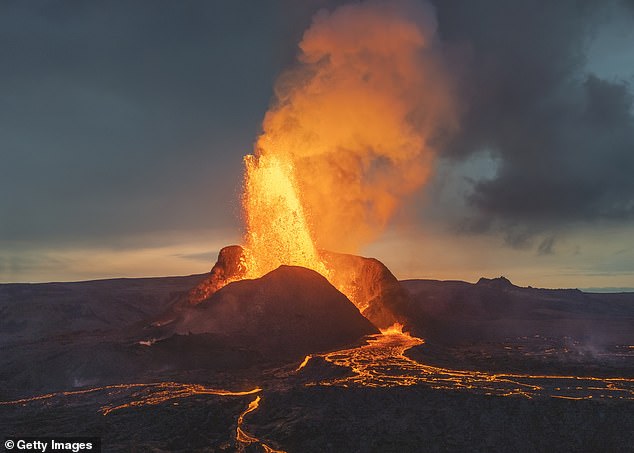
Hidden Mantle Blobs Fuel Cataclysmic Volcanic Eruptions Threatening Life on Earth
Underground "Blobs" Linked to Earth’s Most Destructive Volcanic Eruptions
Giant volcanic eruptions don’t just disrupt air travel or destroy landscapes—they can trigger mass extinctions and reshape Earth’s climate. Now, scientists at Australia’s University of Wollongong have identified a potential culprit for these cataclysmic events: mysterious continent-sized "blobs" lurking 1,200 miles beneath the surface.
Deep-Earth Giants
These colossal structures, known as BLOBs (Big LOwer-mantle Basal Structures), sit at the boundary between Earth’s molten outer core and its solid mantle. Spanning entire continents and towering 100 times higher than Mount Everest, they generate massive plumes of hot rock that rise toward the surface. When these plumes break through, they unleash catastrophic eruptions capable of devastating life.

Giant eruptions like Iceland’s volcanic activity are linked to deep-Earth blobs.
A Recipe for Disaster
BLOBs are denser, hotter versions of surrounding mantle rock. Over eons, they release mantle plumes—columns of semi-molten material that ascend thousands of miles. As these plumes reach shallow depths, reduced pressure melts the rock, fueling eruptions. The 252 million-year-old Permian-Triassic extinction, which wiped out 90% of species, was likely triggered by such events.
Researchers simulated Earth’s mantle convection across 1 billion years, revealing that eruption sites align with predicted plume paths. “Blobs shift at the speed hair grows—just 1 cm per year—but their plumes mark where eruptions will occur,” the team noted in Communications Earth & Environment.

Blobs reside near the core-mantle boundary, driving volcanic activity.
Climate and Extinction
Beyond immediate destruction, eruptions release CO₂, causing rapid warming. For example, the Siberian Traps eruptions, linked to the Permian die-off, spewed enough gas to acidify oceans and collapse ecosystems. Today, understanding these blobs could improve hazard predictions.
Unlocking Earth’s Secrets
Studying Earth’s interior relies on indirect methods like seismic wave analysis. Researchers combine data from earthquakes with simulations to map mantle dynamics. Blobs’ chemistry remains a mystery, but future models may trace their composition evolution.

Mantle plumes (red) rise from blobs, creating volcanic hotspots.
Why It Matters
“These findings show Earth’s interior is more dynamic than we thought,” the authors explain. While BLOBs move imperceptibly slowly, their plumes are powerful enough to alter the planet’s surface dramatically.
Looking Ahead
Future research will explore whether blobs influence plate tectonics or hold primordial material from Earth’s formation. For now, they serve as a reminder of the deep forces shaping our world—and the fragile balance sustaining life on it.

Active volcanoes like Cotopaxi hint at ongoing subterranean activity.
By linking deep-Earth structures to surface disasters, scientists hope to better forecast eruptions and mitigate their global impacts. As the study concludes, “The story of life on Earth is written not just on its surface, but in the mantle below.”
(Word count: ~600)


